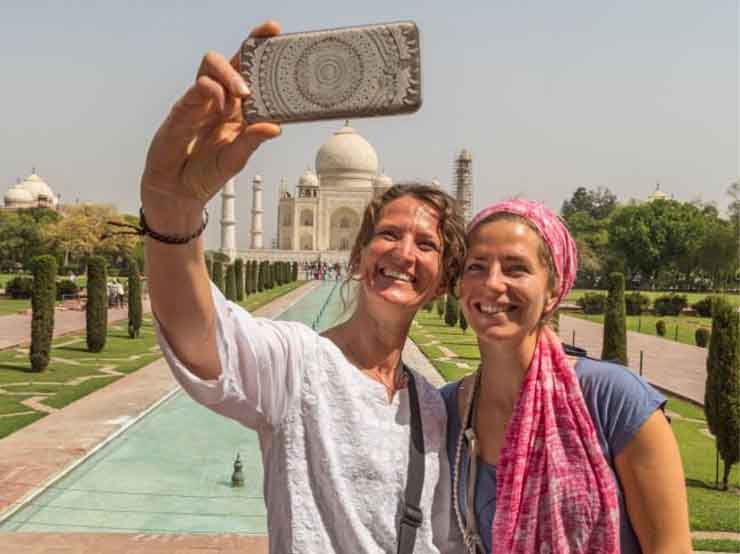The Taj Mahal, one of the most photographed landmarks in the world, is a dream destination for travelers and photographers alike. Whether you are a professional or just capturing memories with your smartphone, getting the perfect shot requires a combination of timing, angles, and settings. Here are some expert tips to help you take stunning photos of the Taj Mahal.
1. Visit at the Right Time
The lighting plays a crucial role in capturing the perfect shot. The best times to photograph the Taj Mahal are:
- Sunrise: The soft golden hues and fewer crowds make early morning the ideal time for photography.
- Sunset: The warm tones of the setting sun provide a different but equally mesmerizing effect.
- Full Moon Night: The Taj Mahal is open for night viewing on full moon nights and two days before and after, offering a magical view under the moonlight.
2. Choose the Best Angles
There are multiple vantage points to capture the Taj Mahal’s beauty:
- Classic Reflection Shot: The long pool in the Charbagh Garden offers a stunning symmetrical reflection of the monument.
- Mehtab Bagh: Located across the Yamuna River, this spot provides a unique perspective of the Taj Mahal away from the crowds.
- Main Gateway: Capture a dramatic frame of the Taj Mahal through the arched entrance for a natural border effect.
- From the River: A boat ride on the Yamuna River offers a peaceful, less conventional perspective.
3. Use the Right Camera Settings
For DSLR users:
- Aperture: Use a small aperture (f/8-f/11) for deep focus and sharp details.
- Shutter Speed: A slower shutter speed can help capture reflections in water with a silky effect.
- ISO: Keep the ISO low (100-200) to avoid noise and ensure crisp images.
- White Balance: Adjust based on the time of day to maintain natural colors.
For smartphone users:
- Enable HDR Mode: This helps capture better contrast and detail.
- Use Grid Lines: To maintain symmetry in your shots.
- Tap to Focus: Ensure sharpness by tapping on the Taj Mahal in your frame.
4. Play with Composition
- Rule of Thirds: Instead of centering the Taj Mahal, place it slightly off-center for a more dynamic composition.
- Frame Within a Frame: Use trees, doorways, or archways to frame your shot creatively.
- Silhouettes and Shadows: Experiment with shadows and reflections for a dramatic effect.
5. Capture the Details
While wide-angle shots are essential, don’t forget to focus on intricate details such as:
- The marble inlays and floral designs
- Arabic calligraphy on the entrance gates
- Carvings on the minarets
6. Be Mindful of the Crowd
To get cleaner shots without too many tourists:
- Arrive early at sunrise.
- Use a wide aperture to create a soft background blur.
- Wait patiently for moments when fewer people are in the frame.
7. Respect the Rules
Tripods are not allowed inside the Taj Mahal complex, so consider using a monopod or stabilizing techniques if needed. Drones are also prohibited.
Conclusion
Capturing the Taj Mahal in its full glory requires the right combination of timing, perspective, and technique. By planning your visit and experimenting with angles and settings, you can create breathtaking photographs that do justice to this architectural wonder. Whether you’re capturing its grandeur at sunrise, from across the river, or focusing on intricate details, each shot will be a timeless memory of this iconic monument.










Comment (0)